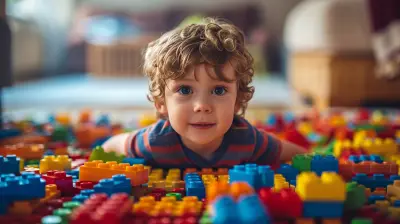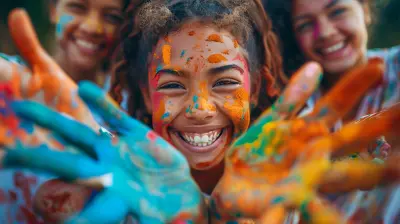Creating Inclusive Classrooms by Embracing Learning Styles
23 May 2025
Education isn't one-size-fits-all. Every student is unique, and so is the way they process information. Some learn best by reading, while others need hands-on activities to grasp concepts. If we want to create truly inclusive classrooms, we must embrace different learning styles.
But how do we do that? How can teachers accommodate varying needs without feeling overwhelmed? Let’s dive into the importance of learning styles and practical ways to foster inclusivity in classrooms. 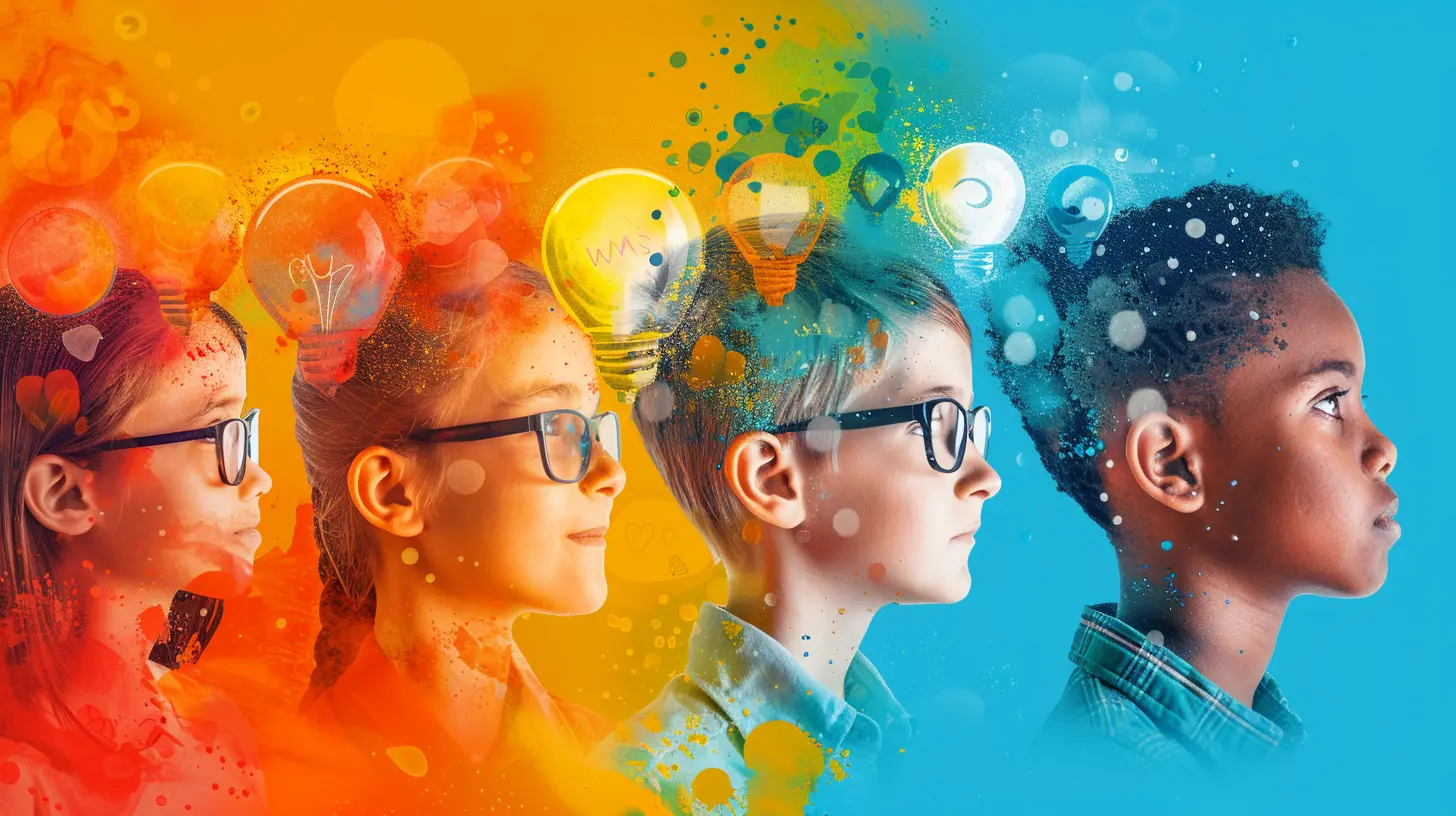
Understanding Learning Styles
Before we jump into strategies, let's first break down learning styles. While multiple learning theories exist, one of the most widely accepted is the VARK model:1. Visual Learners – They prefer images, charts, and diagrams. A dense block of text can feel like a brick wall to them.
2. Auditory Learners – They absorb information best through listening. Lectures, discussions, and even music help them retain concepts.
3. Reading/Writing Learners – They thrive on written words. Books, essays, and note-taking help them digest information.
4. Kinesthetic Learners – They need movement and hands-on experiences. Science experiments, role-playing, and physical activities work like magic for them.
Recognizing these learning styles is the first step in making classrooms more inclusive. But it doesn’t stop there—we need to adapt our teaching methods to support every learner. 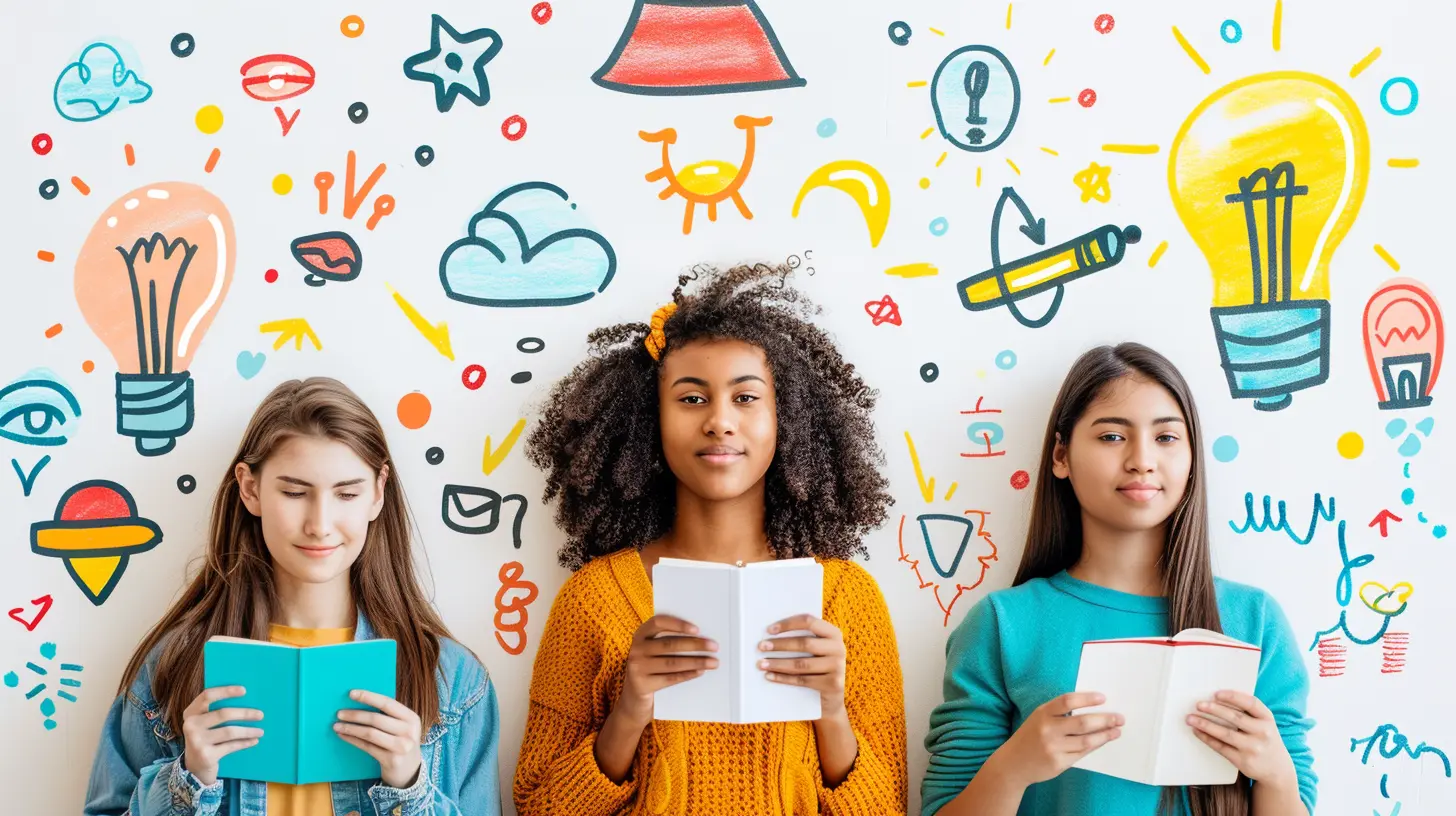
Why Embracing Learning Styles Matters
Imagine sitting in a class where everything is explained through long lectures, but you're a kinesthetic learner who needs to do things to understand them. Frustrating, right?When we fail to acknowledge different learning styles, some students feel left behind. This not only affects their academic performance but also their confidence and motivation.
By embracing various learning styles, we:
- Promote engagement – Students are more likely to participate when they can connect with the material.
- Boost comprehension – Teaching methods that resonate with students make learning smoother.
- Create an inclusive environment – Every student feels valued and supported.
Now, let's get to the good stuff—how to implement inclusive teaching strategies! 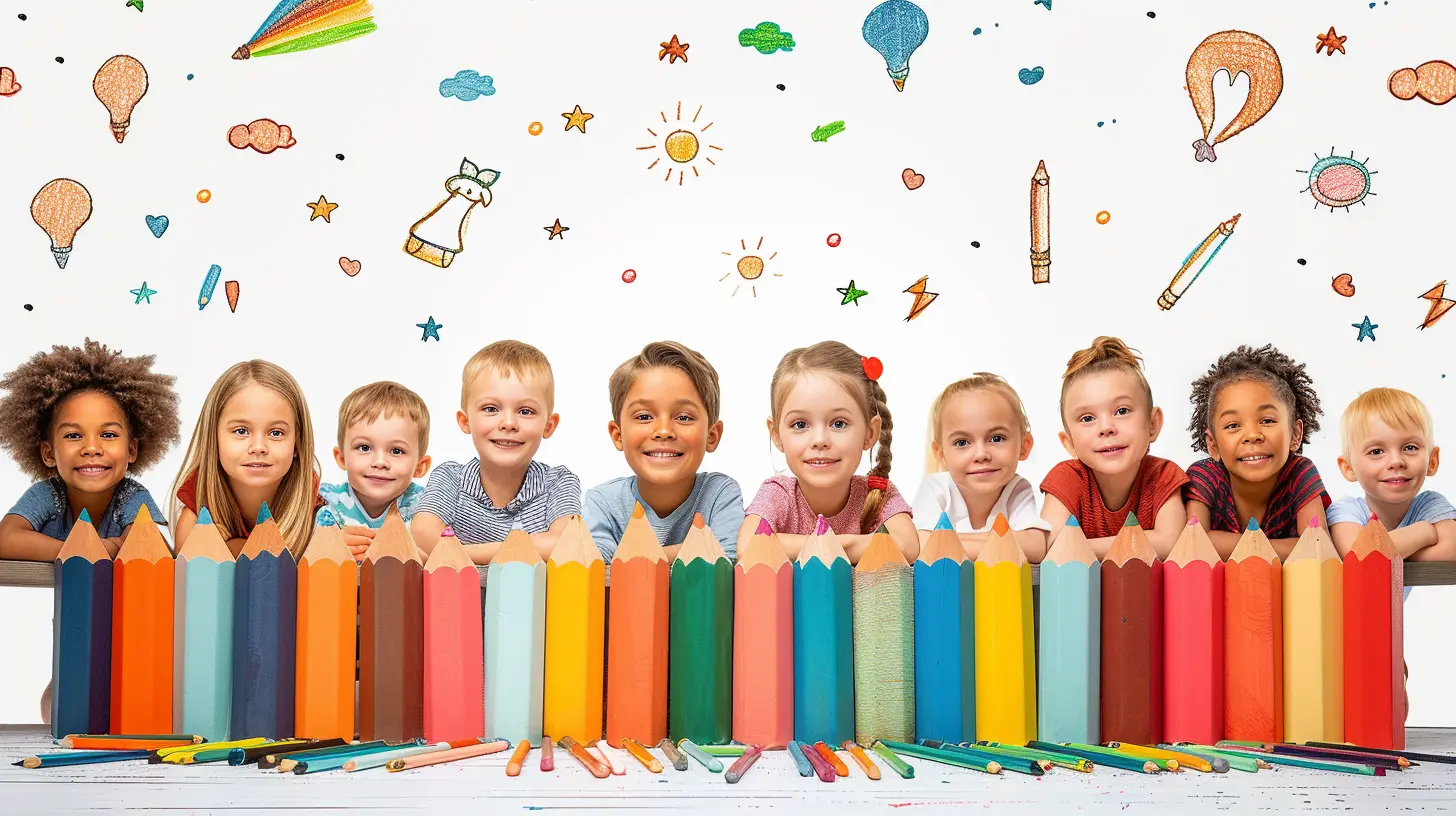
Effective Strategies for Inclusive Classrooms
1. Diversify Teaching Methods
If you only rely on lectures and textbooks, you're catering to a small fraction of students. Mix things up!- Use visual aids like charts, infographics, and videos.
- Incorporate storytelling or group discussions for auditory learners.
- Give reading/writing learners opportunities for journaling and reports.
- Include hands-on activities, experiments, or role-playing for kinesthetic learners.
The more variety, the better the chances of reaching every student.
2. Encourage Student Choice
Not every assignment has to be the same for every student. Offering choices allows them to work in their preferred learning style.For example, instead of assigning a traditional essay, give students options:
- Create a video presentation.
- Write a report.
- Design an infographic.
- Perform a skit.
This flexibility empowers students to take control of their learning experience.
3. Foster a Growth Mindset
Students often believe they're either "good" or "bad" at learning based on traditional methods. But in reality, they just haven’t found the right approach yet.Encourage a growth mindset by:
- Celebrating effort, not just results.
- Allowing students to try different learning techniques.
- Reminding them that struggle is part of the learning process.
When they feel supported, they’re more likely to experiment with new approaches.
4. Incorporate Technology
Technology is a game-changer when it comes to personalized learning. Educational apps, interactive quizzes, and digital storytelling tools can accommodate different learning styles.Some handy tools include:
- Kahoot! – Great for interactive quizzes and games.
- Canva – Helps visual learners create graphics and presentations.
- Audible – Supports auditory learners with audiobooks.
- Scratch – Allows kinesthetic learners to engage in coding through hands-on activities.
Leveraging these tools makes learning more engaging and tailored to individual needs.
5. Create an Inclusive Classroom Atmosphere
A truly inclusive classroom goes beyond just teaching methods—it’s about the environment too.- Arrange seating to foster collaboration and movement.
- Encourage teamwork through group projects.
- Acknowledge and value diverse learning preferences.
When students feel comfortable expressing how they learn best, teachers can better support them.
6. Use Multisensory Teaching Techniques
Who says learning has to be limited to one sense at a time? Using multiple senses helps reinforce concepts.- Visual + Auditory → Use narrated videos and animated presentations.
- Auditory + Kinesthetic → Have students create songs or rhythms to remember facts.
- Reading + Kinesthetic → Allow students to write their own practice quizzes or flashcards.
The brain retains information better when different senses are engaged—so why not make learning more dynamic? 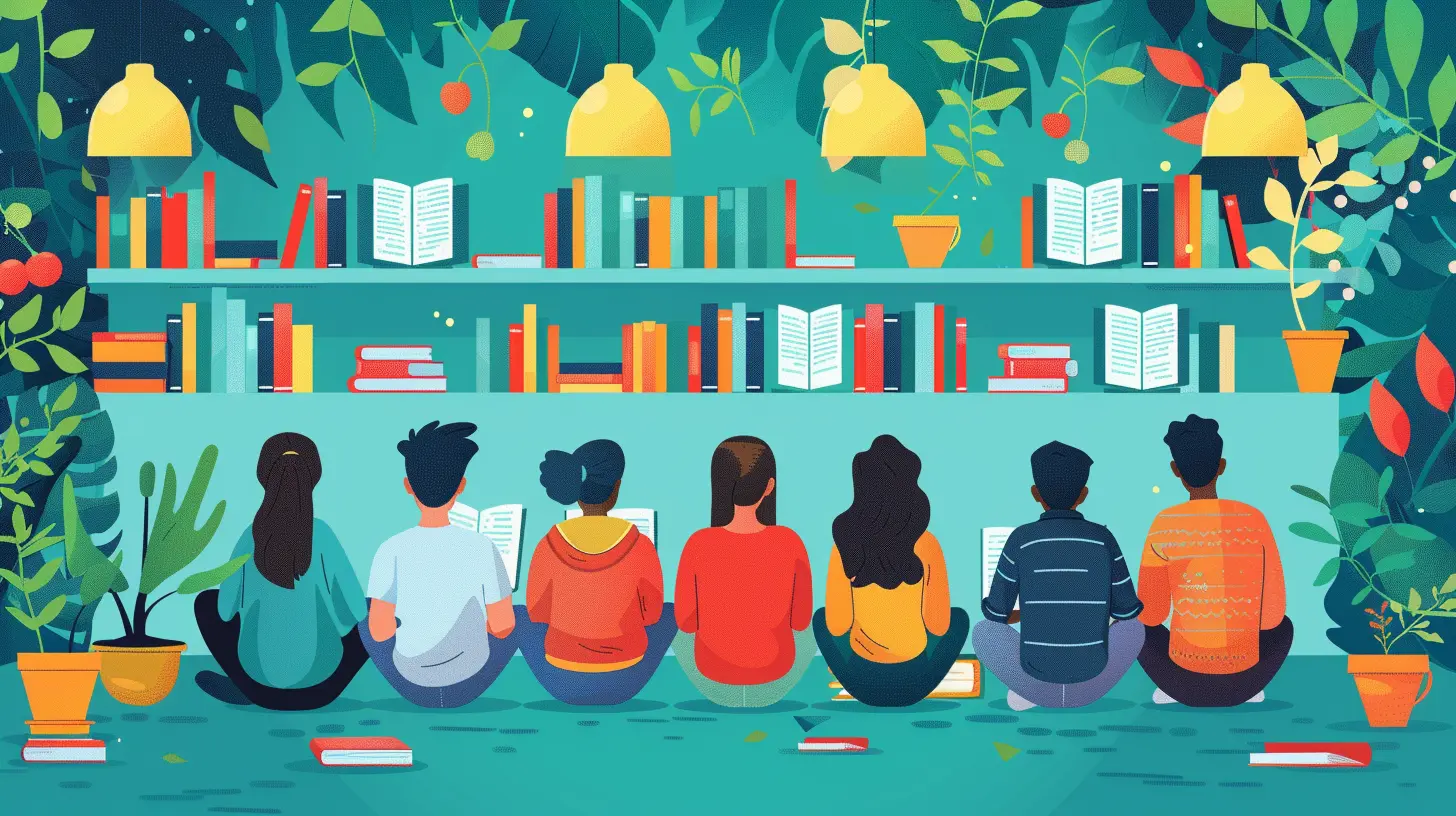
Overcoming Challenges in Implementing Inclusive Learning
Now, let's be real—adjusting teaching methods for different learning styles can seem daunting. Teachers already juggle a million responsibilities daily. So how can they integrate inclusivity without adding extra stress?1. Start Small
You don’t need to overhaul your entire teaching approach overnight. Begin with minor adjustments:- Add visuals to your lectures.
- Let students choose project formats.
- Experiment with a new tech tool.
Small steps lead to big changes over time.
2. Seek Student Feedback
Want to know if your strategies are working? Ask the students! Conduct surveys or casual class discussions to understand their preferences.By involving them in the process, you create a collaborative learning environment that benefits everyone.
3. Utilize Peer Learning
Not every adaptation has to come from the teacher. Encourage students to help each other. Pair a visual learner with an auditory learner for peer discussions—it allows them to reinforce their understanding in a way that suits them both.4. Leverage Professional Development
There’s always something new to learn! Attend workshops, join online educator communities, and explore new teaching techniques. The more tools you have in your arsenal, the easier it becomes to cater to different learning styles.Final Thoughts
Creating an inclusive classroom isn’t just about fairness—it’s about helping every student reach their full potential. When we acknowledge that students learn in different ways and adjust our teaching accordingly, we open doors for success.So, whether you're a teacher, a parent, or an education enthusiast, remember—embracing diverse learning styles isn't just a good practice; it's a necessity for a truly inclusive classroom.
Let’s create learning environments where everyone thrives!
all images in this post were generated using AI tools
Category:
Learning StylesAuthor:

Olivia Lewis
Discussion
rate this article
3 comments
Zarenith McHugh
Learning styles: not just a theory!
June 3, 2025 at 2:33 AM

Olivia Lewis
Thank you for your comment! While learning styles can offer valuable insights into individual preferences, it's essential to combine them with evidence-based practices for truly inclusive classrooms.
Virginia McClure
Embracing diverse styles, we weave a tapestry of inclusive learning.
May 30, 2025 at 3:46 AM

Olivia Lewis
Thank you! Embracing diverse styles truly enriches our classrooms and fosters an inclusive environment for all learners.
Kai Sanchez
Embrace diverse minds; together, we cultivate a vibrant learning tapestry.
May 27, 2025 at 4:57 AM

Olivia Lewis
Thank you! Embracing diverse perspectives truly enriches our classrooms and enhances the learning experience for everyone.

